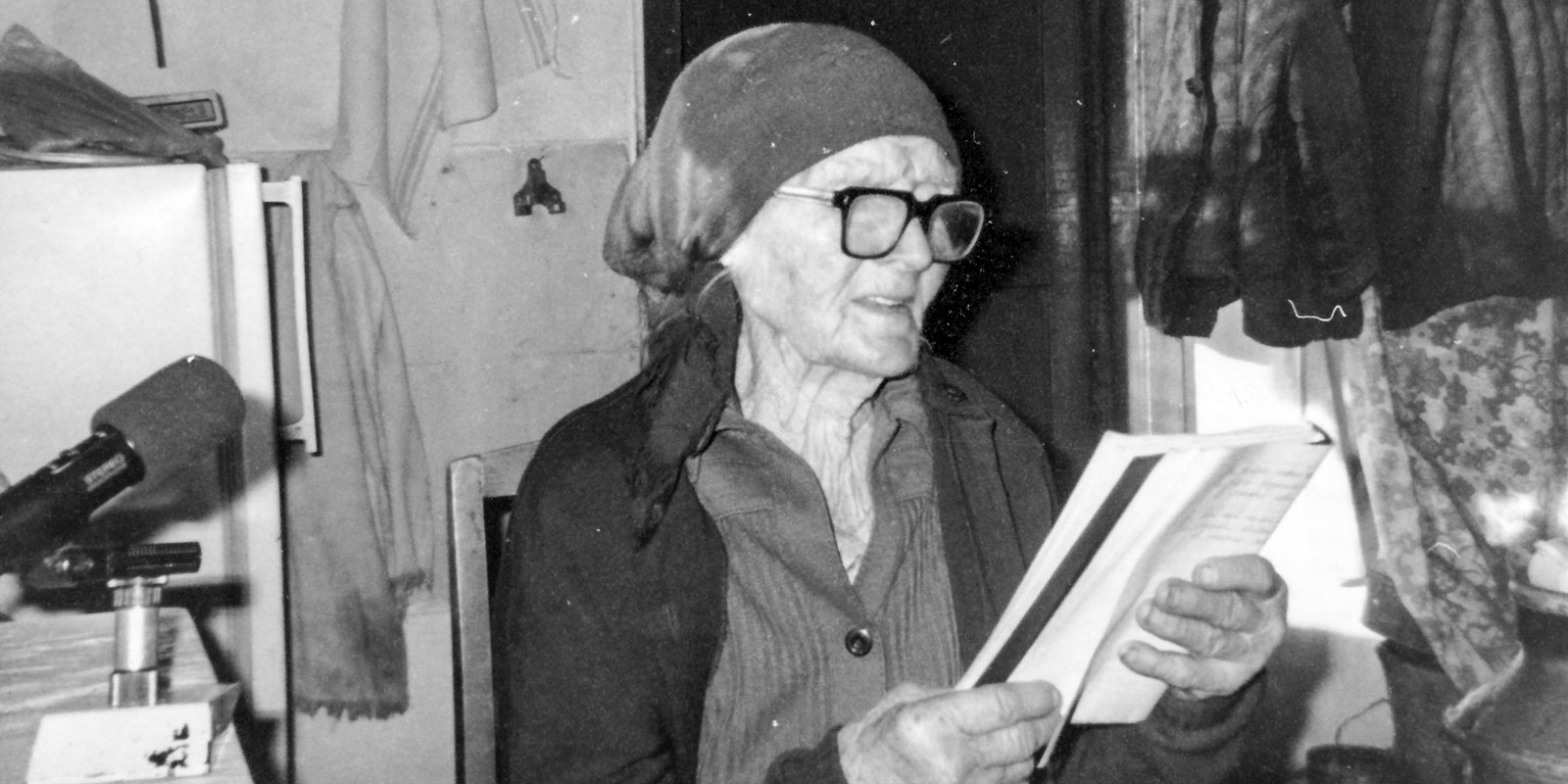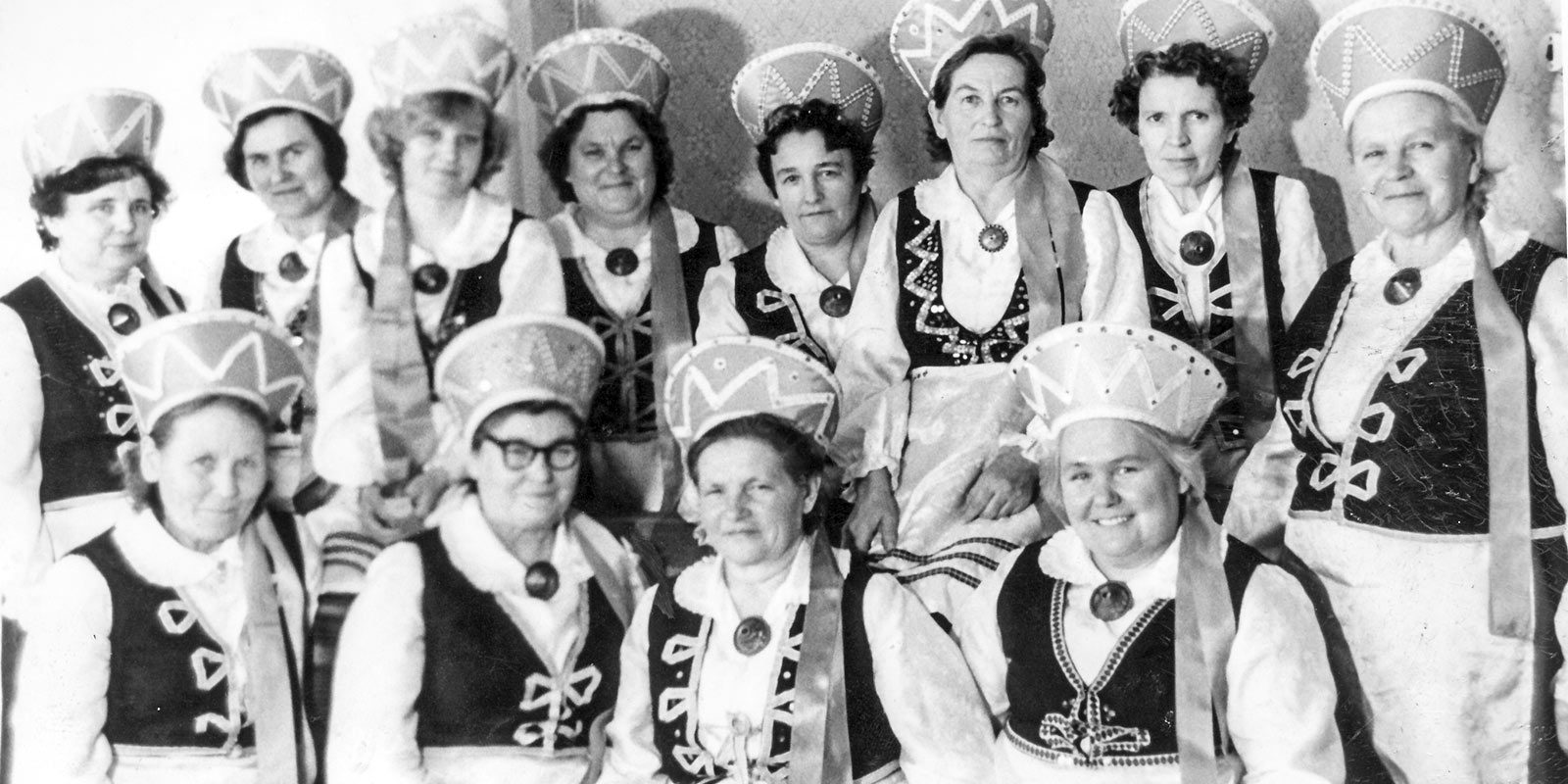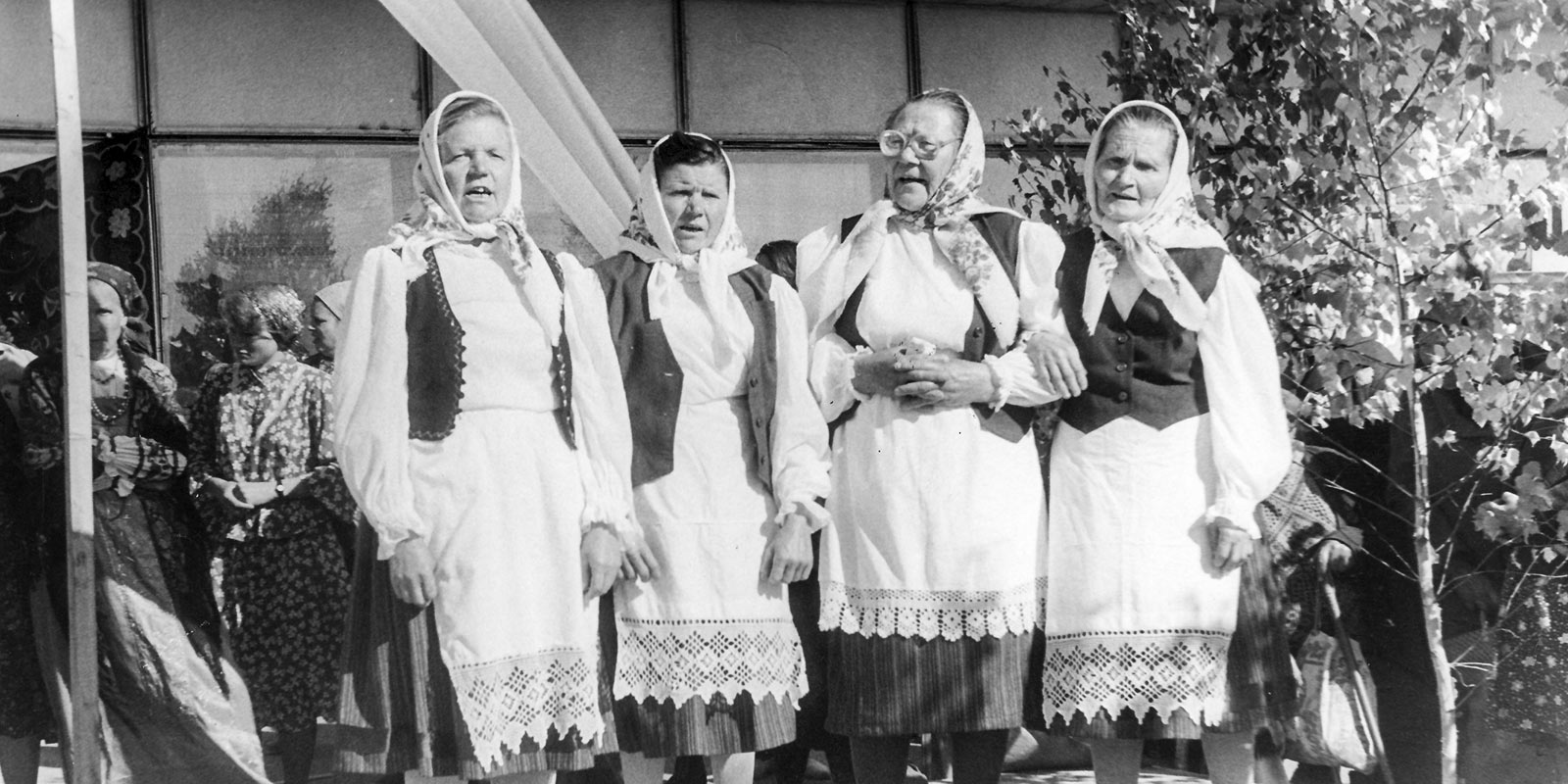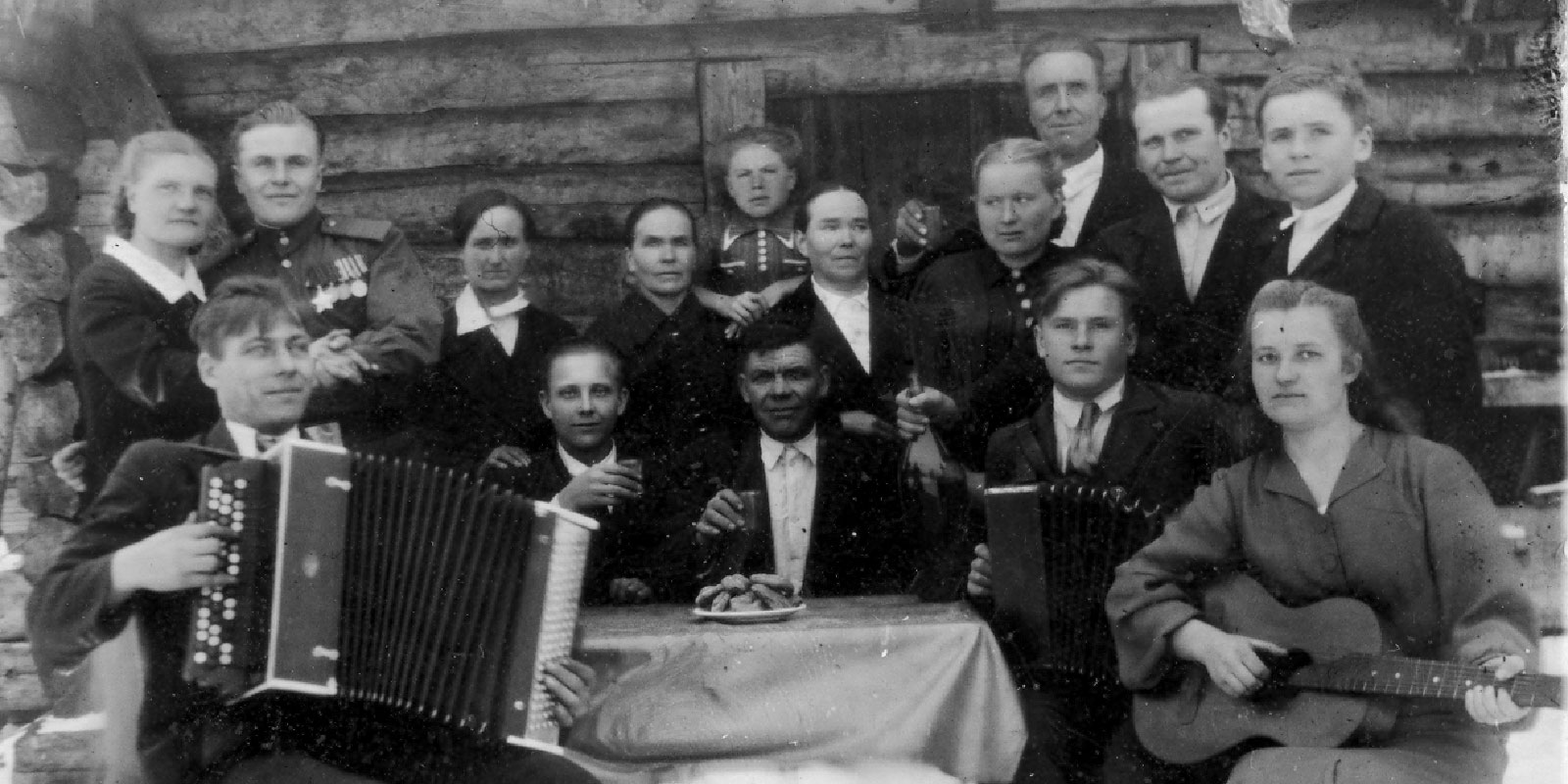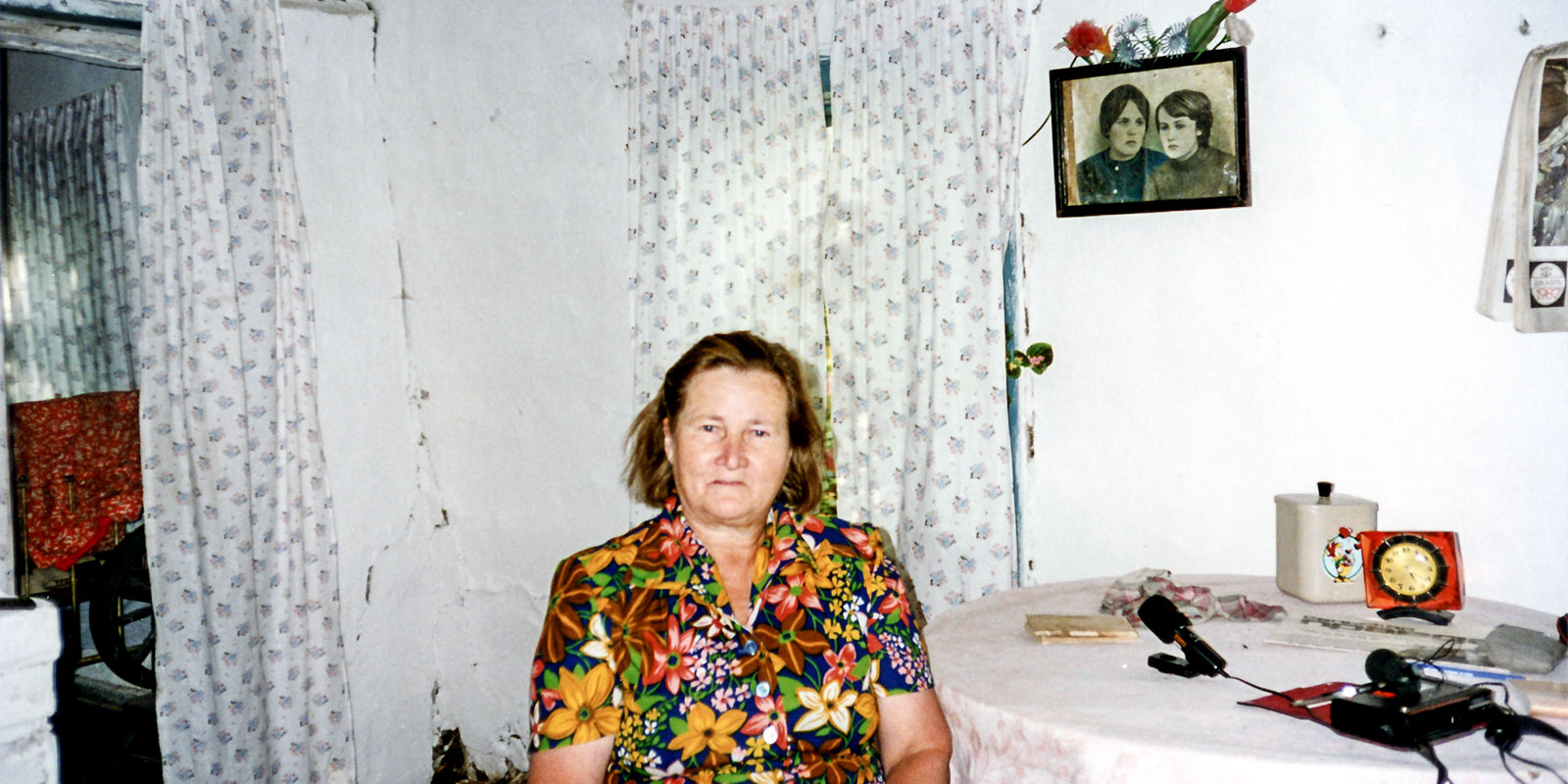The origin, life, and culture of the villages
Siberia first came to be considered a part of Russia in 1582, following the raids of Russian Cossacks. The Tsarist government sought for solutions for colonizing Siberia and tapping the local natural resources. First, Siberia became the site for corrective labour camps, and the deportation of persons in disfavour with the authorities into the Siberian “void” was started.
Estonia was annexed by Russia in 1721. Reports of Estonians in Siberia date back to the 18th century, if not further. From the first half of the 19th century, the numbers of convicts and forced labourers sent to Siberia started to increase dramatically. Lutheran Church was interested in concentrating their adherents together, and thus the earlier settlements were mixed-Lutheran, populated by a mixture of Estonians, Finns, Swedes, Latvians, and Germans. The oldest known settlements were Ryzhkovo, founded in western Siberia around 1799, and Verkhnii Suetuk (Upper Suetuk), established in eastern Siberia around 1850. With the core settlements becoming overcrowded, new ones were established primarily along ethnic lines.
Emigration from Estonia and Livonia began in the second half of the 19th century, with the first expatriate settlements springing up in Samara and the Crimea, followed by the populating of the uninhabited areas in Russia’s interior. Mass migration to Siberia became possible after the completion of the West Siberian Railway in the last decade of the 19th century. From then on, Siberia became the main destination for Russia’s domestic migrants. First, the westernmost parts of Siberia were populated, then the course was taken to eastern Siberia. Newcomers also settled in the deportee villages. By 1918, there were Estonians living in more than one hundred Siberian villages. With the colonization of Siberia, the Tsarist government sought to consolidate its power and alleviate the acute shortage of land in densely populated areas. Therefore, the Tsarist government stepped in to organize and support the migration. One part of the governmental policy was Pyotr Stolypin’s agrarian reform (1906–1917) which offered immigrants a variety of benefits: settlers were granted financial aid and loans, exemption from rent and state taxes, etc.
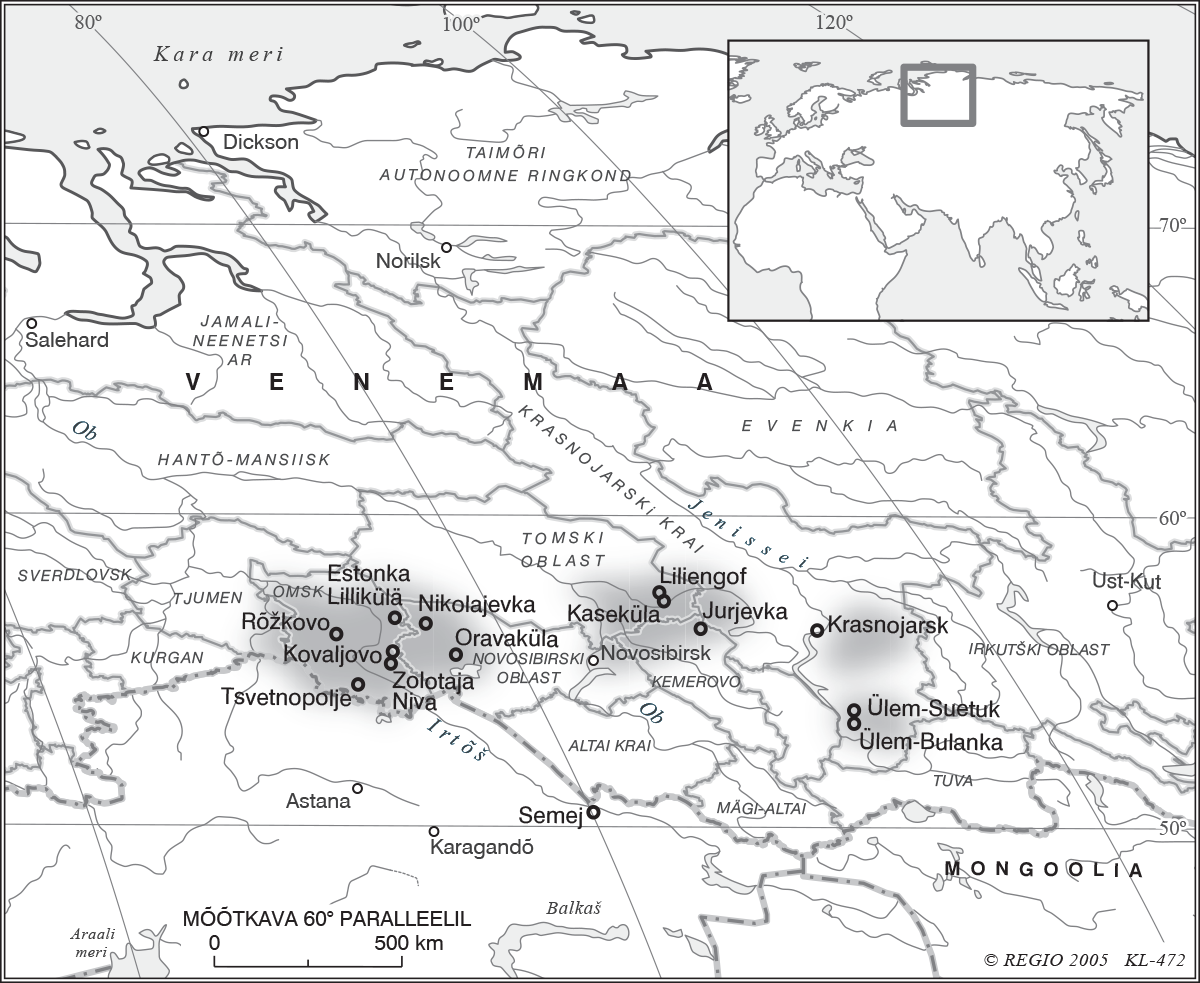
Expatriate Estonians in Siberia continued to make their living mainly as farmers and cattle herders; some found work in local coal and gold mines. There were fertile lands awaiting the settlers in Siberia – but they also had to get accustomed to unfamiliar nature and climatic conditions, coupled with all the hardships of starting anew. Still, the hard-working Estonians managed to establish themselves economically, and introduced a number of technological and other innovations in the region (e.g., the spinning reel, furrow system in potato farming).
In many regions of Siberia, Estonian villages were founded in close clusters, with expatriate settlements populated mostly by settlers from the same region, which ensures that their native dialects, traditions and customs remained intact for years to come. Another factor facilitating the preservation of their homeland culture was their Lutheran conviction, closely associated with Estonian-language education. Due to relations with the mother country and the low mobility of the population, the assimilating influence of the Siberian surroundings remained relatively weak on Estonians.
The peaceful life in the wide expanses of Russia was not to last long for the settlers. Men were drafted to World War I and the Russian Civil War, villages were ravaged by lootings, killings, and the ‘war communism’ policy. The population of settlements was further reduced in the 1920s by people opting for Estonian citizenship. Prohibition of religious observances and persecution of the clergy in the wake of the Bolshevist coup dealt a severe blow to the development of Estonian culture, despite the relatively favourable conditions the schools for ethnic minorities were enjoying at the time. All settlements suffered greatly from the forced collectivization of agriculture and the extensive repressions that ensued. In 1937, minority languages were banned in schools, with Russian imposed as the language of instruction. Next came World War II, with the remainder of the men drafted and women and children left to fend for the villages.
After World War II, Siberia’s Estonians embarked on a mass exodus, leaving their villages for the cities and larger centres of Russia, and for the land of their forefathers. Some villages disappeared altogether, others saw a steady increase in non-Estonian population.
According to the 2002 census of Russia, there were 11,400 Estonians living in Siberia. That includes Estonians living in large cities, in Russian villages, and elsewhere. In the last decade of the 20th century, there were more than 30 larger and smaller Estonian communities in Siberia, with populations ranging from a few dozens to 300. Today, there are relatively few Estonian-speaking villages left, with Estonians generally constituting just one ethnic segment of a multiethnic village. In the last decade of the 20th century the few remaining Estonian villages were: Nikolayevka (Novosibirsk Province) with about 190 inhabitants; Lileyka with 160 inhabitants; Estonka with 50 inhabitants; Yuryevka (Omsk Province) with 25 inhabitants; Yuryevka (Kemerovo Province) with 40 inhabitants; and Verkhnii Suetuk (Krasnoyarsk Province) with 300 inhabitants.* By the present day, the villages’ populations have significantly decreased.
* The population statistics are from the 1990s and were obtained from village councils in the course of the expeditions.
